WOW! NASA Hubble Space Telescope spots RARE triple galaxy collision
NASA Hubble Space Telescope has spotted three galaxies in the constellation Bootes that are on collision course and will soon merge into a single galaxy.
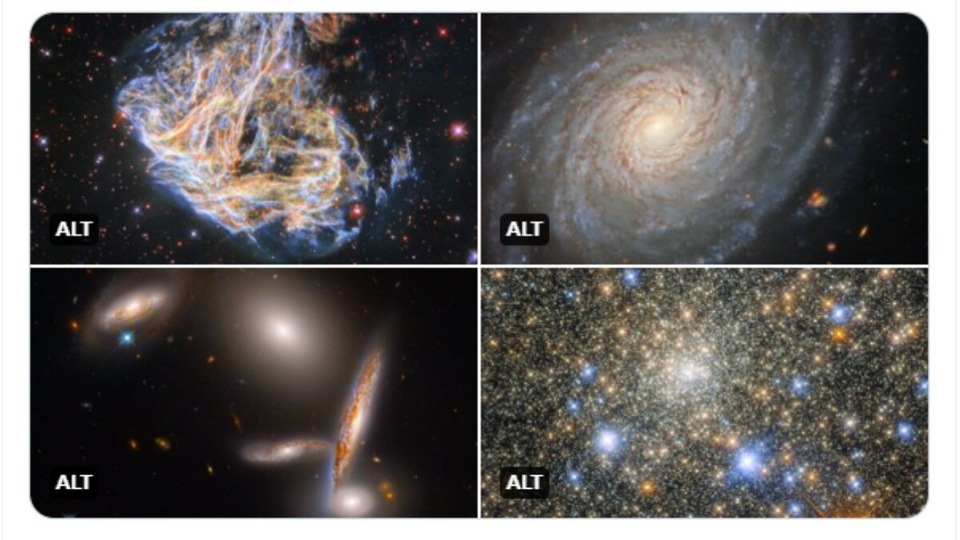
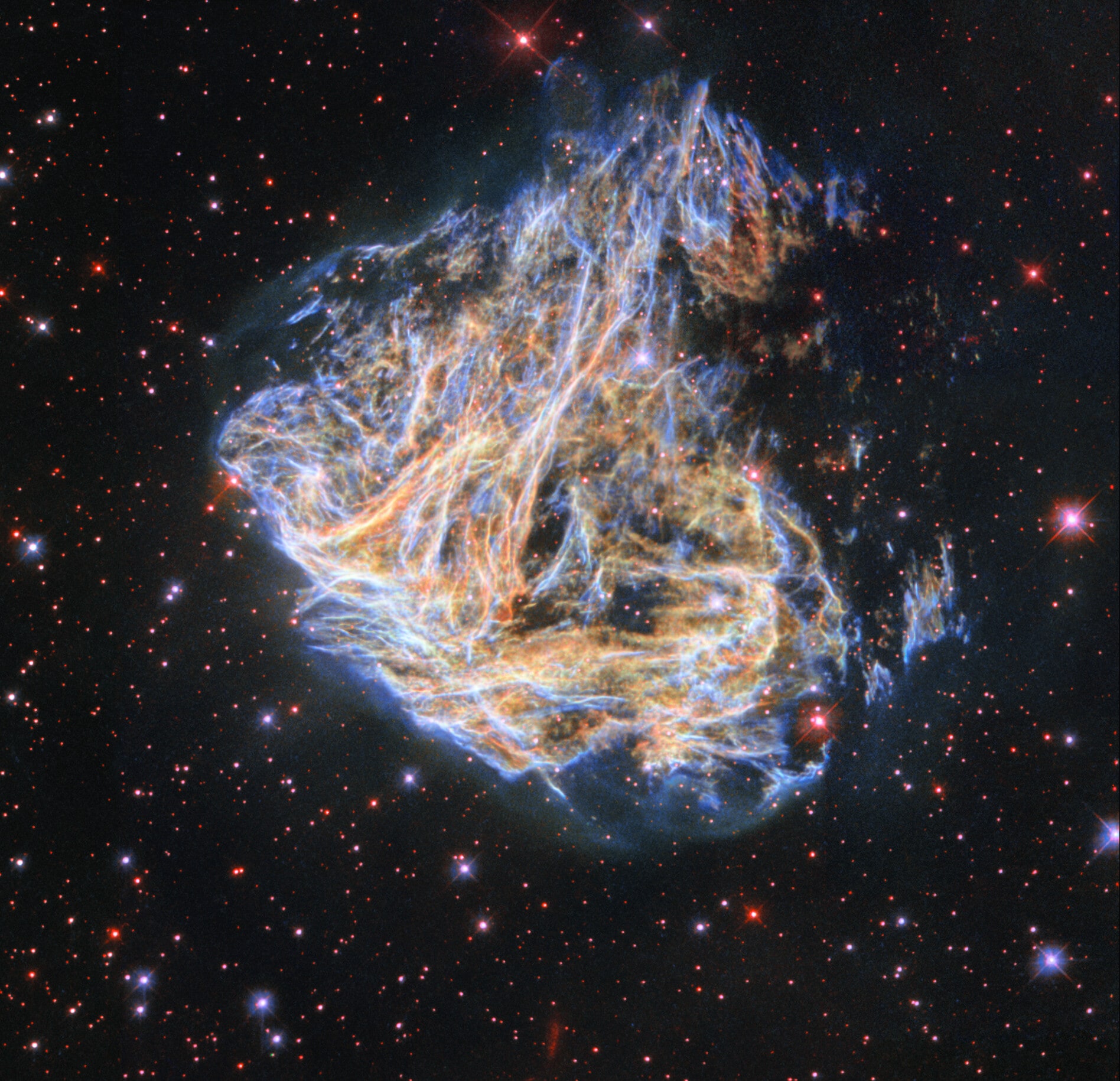
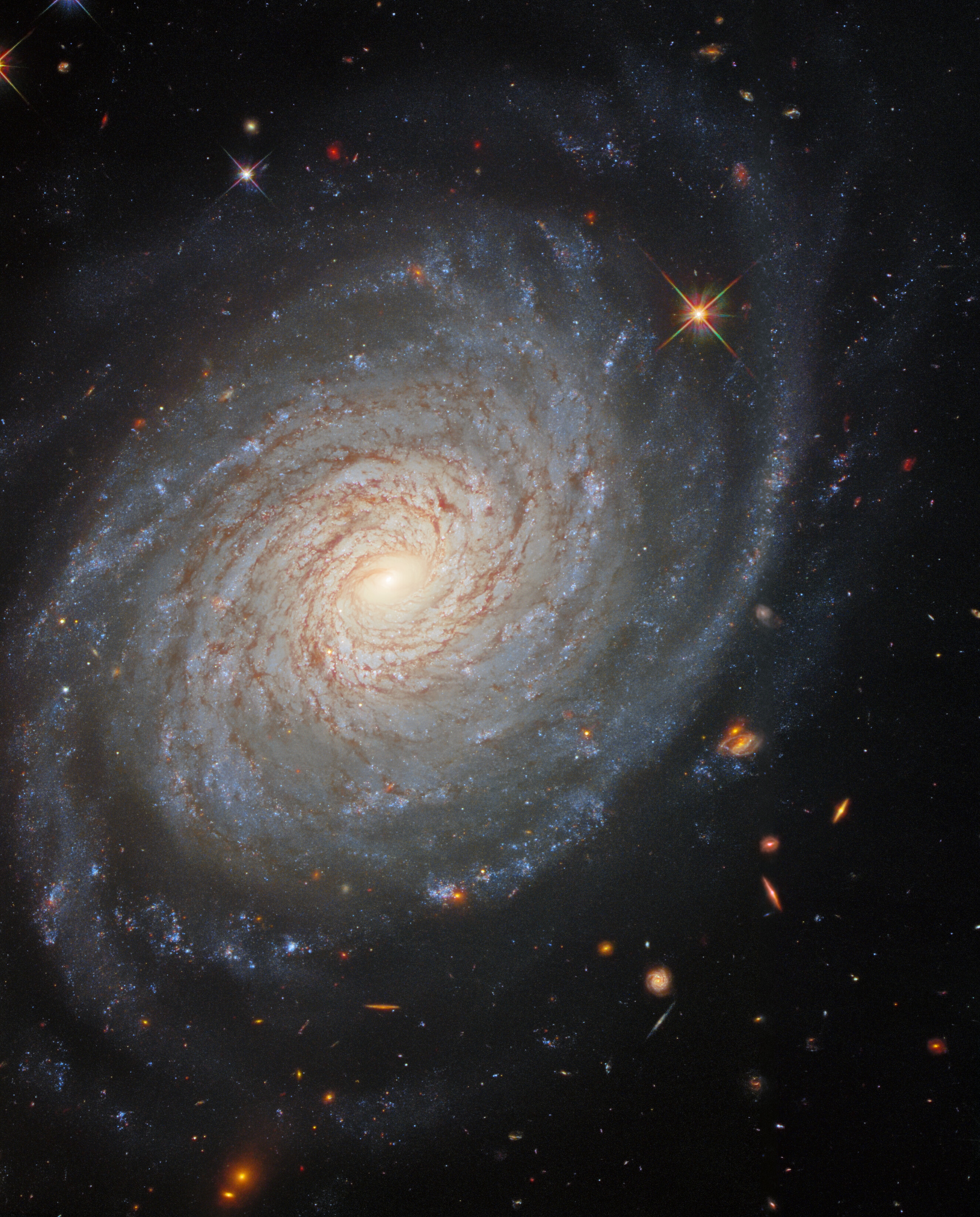
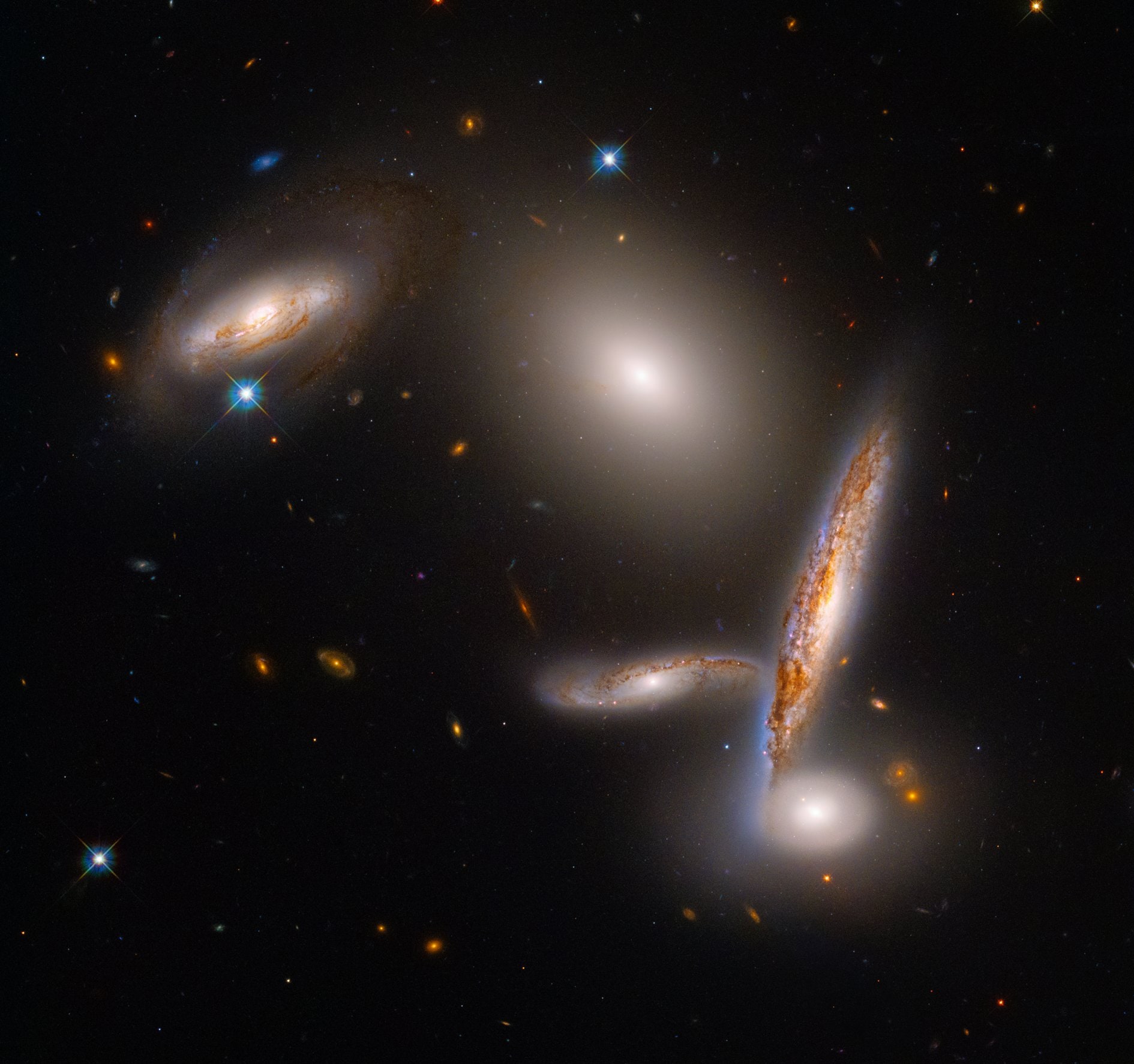

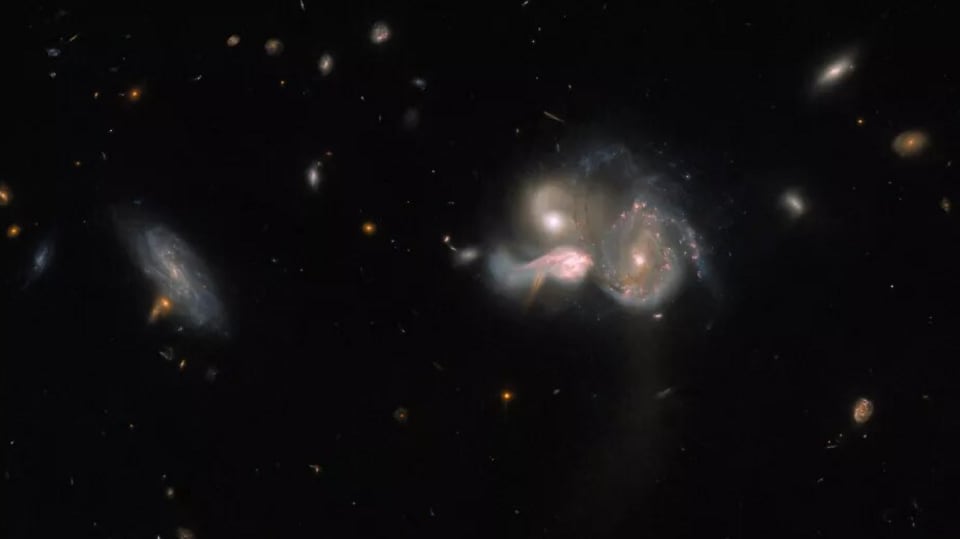
 View all Images
View all ImagesThe NASA Hubble Space Telescope has captured a sensational image. The latest image taken by the in-space telescope showcases three different galaxies which are headed for a collision. While such collisions are common, this one is rare, as each of the trio is currently in the midst of producing new stars. As they combine to form a single large galaxy, the spiral structure of each will be destroyed by gravitational interactions between the three. This extremely rare triple galaxy collision is taking place in the Bootes constellation.
This Hubble Space Telescope image is part of a project which is investigating the origins of the largest galaxies in the universe. Astronomers call such galaxies Brightest Cluster Galaxies (BCGs). They are created either when a large galaxy consumes smaller ones or when gas-rich galaxies collide and merge, as observed in this trio. These cluster galaxies serve as valuable indicators of the development of galactic clusters, which are massive cosmic arrangements comprising hundreds or even thousands of galaxies.
NASA Hubble Space Telescope spots triple galaxy collision
In the image, the three galaxies (collectively known as SDSSCGB 10189), can be observed in close proximity, appearing as though they are in the process of merging. The shapes of these galaxies have already been altered, with noticeable strands of gas and dust connecting them. Additionally, the group of three galaxies is radiating a significant amount of light.
The three major galaxies that are currently forming stars within SDSSCGB 10189 are situated a mere 50,000 light-years away from one another. Although this distance might appear to be substantial and not likely to result in a collision, it is in fact quite near in cosmic terms. Point in case is the Andromeda Galaxy, our closest neighbour. It is located 2.5 million light years from the Sun.
Astronomers are waiting for this collision to happen as the merger could turn into a BCG and it can finally shed some light on how these massive galaxies are formed. Of course, don't hold your breath!
Catch all the Latest Tech News, Mobile News, Laptop News, Gaming news, Wearables News , How To News, also keep up with us on Whatsapp channel,Twitter, Facebook, Google News, and Instagram. For our latest videos, subscribe to our YouTube channel.
































